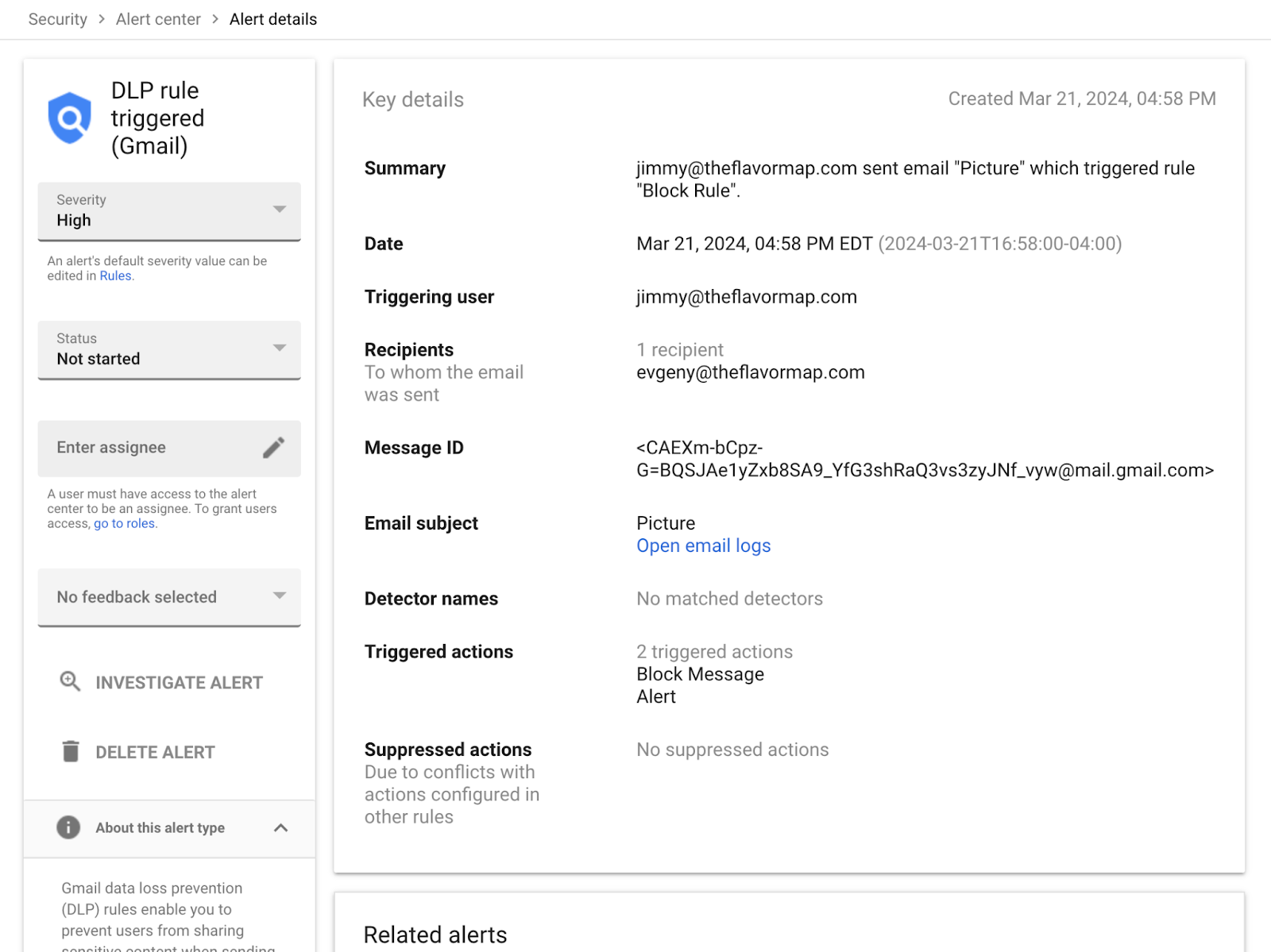Google launches Data Protection rules for Gmail in Beta

Google has introduced data loss prevention rules for Gmail - a functionality that helps admins create data protection policies to control sensitive content shared in Gmail by your users. With this functionality in Gmail, you'll be able to create, implement, and investigate rules like in Google Chat and Google Drive.
"Data protection rules help admins and security experts build a stronger framework around sensitive data to prevent personal or proprietary information from ending up in the wrong hands," Google wrote in a blog post.
Data loss prevention for Gmail are available for select Google Workspace customers including Enterprise Standard, Enterprise Plus, Education Fundamentals, Standard, Plus, and the Teaching & Learning Upgrade, Frontline Standard, Cloud Identity Premium customers.
Data protection rules created by admins are applied to outgoing messages sent internally or externally. Admins can choose whether all content (including attached files and images), the body of the email, email headers, or subject lines should be scanned.
If a message violates a rule, admins can choose to block Gmail message delivery and send the user a notification (Block message), quarantine a message for review by an admin before it's sent or returned (Quarantine message), or send the message but log the event for future audit to assess the impact of new rules (Audit only).
Google recommends selecting Audit only when setting up a rule during the beta. With this option, you allow messages that match the conditions of a rule to be delivered seamlessly, with the detection being logged.
Admins can configure data loss prevention rules at the domain, OU, or group level. DLP rules can be enabled in Gmail in the Admin console under Security > Access and data control > Data protection.
Starting April 26, the extended rollout of this functionality has commenced for both Rapid Release and Scheduled Release domains.
- READ MORE ON:
- Data Protection rules for Gmail
- Google Workspace










